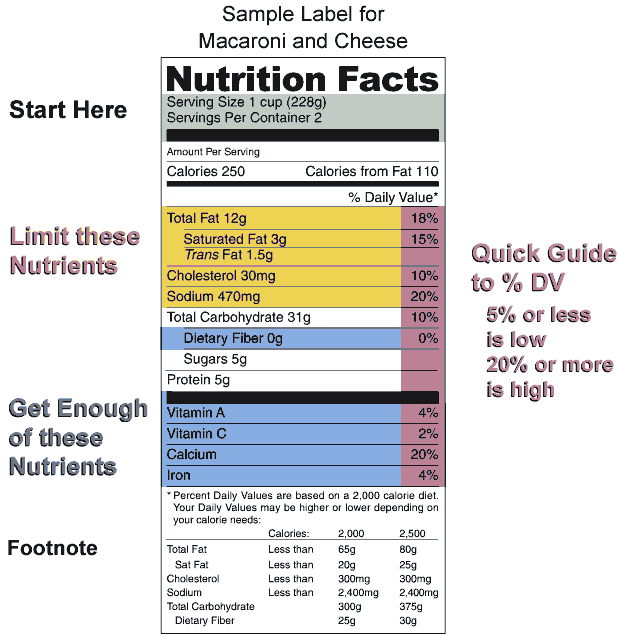Mallory Edgar, MPH
Population Health Service Fellow
City of Milwaukee Health Department
Diverse & Resilient
Diverse & Resilient
Milwaukee, Wisconsin
 |
| Image by Health Literacy Consulting via Health Literacy Month |
In case you haven’t heard, October is Health Literacy Month! Started in 1999, this awareness month exists to bring attention to the topic of health literacy and what it means in people’s lives. Many folks in the public health field, myself included, are very interested in health literacy and spend a great deal of time thinking about how it impacts an individual’s health and well-being. For those outside the health professions (and, unfortunately, even many who are in this field), this topic may be something entirely new to think about. Not sure you understand this “health literacy” business? Read on!
Minus the “health” part, “literacy” refers to a person’s basic ability to read and write. This, in and of itself, is an issue of great concern in the U.S. According to the U.S. Department of Education and the National Institute of Literacy (2013), 14% of U.S. adults are unable to read and 21% read below a fifth grade level. Literacy is a skill that is vital for a person to function easily and effectively in so many settings, from work to school to – you guessed it – health systems. When we’re thinking about that last setting, however, our concern becomes about more than just basic reading and writing. Health literacy is more complicated. According to the National Network of Libraries of Medicine (2013),
“Health
literacy […] requires a complex group of reading, listening, analytical, and
decision-making skills, and the ability to apply these skills to health
situations. For example, it includes the ability to understand instructions
on prescription drug bottles, appointment slips, medical education brochures,
doctor's directions and consent forms, and the ability to negotiate complex
health care systems.”
Adequate health literacy also includes health numeracy, which involves understanding numbers, quantitative
words (e.g., “small” or “increase”), and quantitative images (e.g., charts and
graphs) related to health topics. It “encompasses
the numerical knowledge needed to understand and act upon directions and
recommendations given by health care providers” and includes a multitude of skills
“such as arithmetic and use of percentage as well as higher-level concepts like
estimation, problem-solving, error in measurement, probability, and risk
concepts” (Apter et al., 2009, p. 386).
 |
| Image by U.S. FDA via Wikimedia Commons |
Examples of how health literacy
and numeracy affect a person’s health and well-being can be found everywhere in
our daily lives. Nutrition facts on food products are a great illustration of
how both literacy and numeracy can impact an individual’s ability to make
healthy choices about what they eat. This means we have to think of ways to
educate people about how to interpret nutrition facts, or come up with creative
ways to explain or simplify this information.
Take a minute to think about how
many times you interact with health-related information on a given day. Do you
always understand all of it and/or the action steps you’re supposed to take
based on that information? If you’re reading this blog, the odds are good that
your answer is generally “yes.” Unfortunately, this isn’t the case for many people,
including individuals of lower socioeconomic status, and those with low
education levels and/or decreased cognitive ability. (Sound familiar? See
shor’s post about health disparities and health equity.)
In short, poor health literacy negatively impacts a
person’s ability to fully and effectively manage and advocate for their own
health and the health of individuals in their care. The bottom line is this: Health information – no matter how accurate, comprehensive, or
up-to-date – is useless if those who need it cannot understand and act upon it.
Public health and medical professionals must be sure to remember this when designing
and delivering health communications.
Find out more about health literacy and
related resources here.

No comments:
Post a Comment